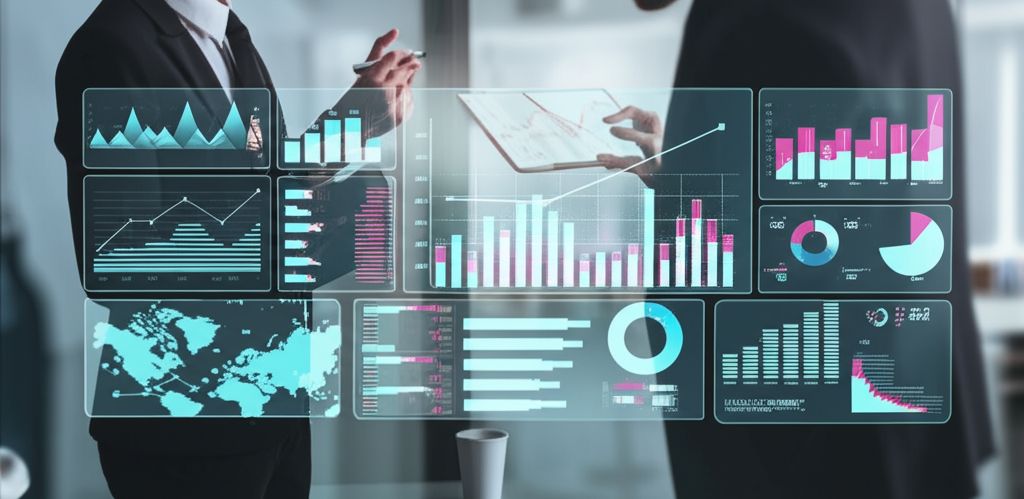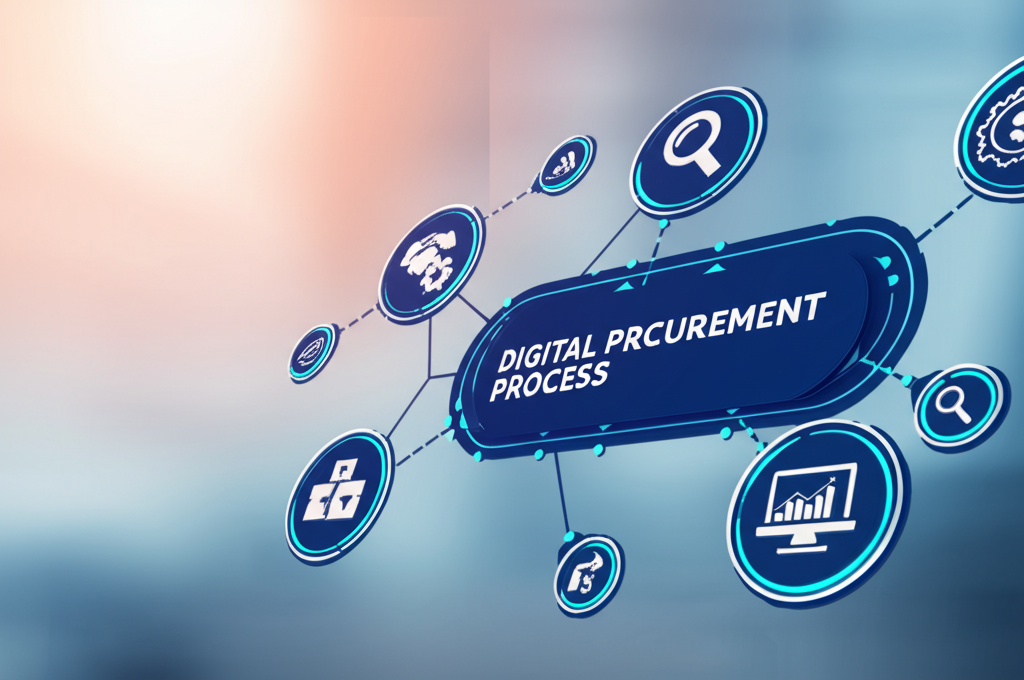
The Digitization of Government Procurement
How digital transformation is reshaping the $3T government procurement landscape worldwide
According to the World Bank's 2022 GovTech Index, over 90 countries have implemented e-procurement platforms, and more than 50% are expanding to include end-to-end digital tendering processes. This digital transformation is reshaping the $3 trillion government procurement landscape worldwide, creating new opportunities for businesses of all sizes.
The Global Shift to Digital Procurement
Government procurement has traditionally been characterized by paper-based processes, in-person meetings, and complex bureaucratic procedures. However, the landscape is rapidly changing as governments worldwide embrace digital transformation to increase efficiency, transparency, and accessibility.
The United States federal government, through initiatives like SAM.gov and Grants.gov, has consolidated multiple legacy systems into unified digital platforms. The European Union's ESPD (European Single Procurement Document) and e-CERTIS have standardized procurement documentation across member states. Meanwhile, countries like South Korea, with its KONEPS system, and Chile, with ChileCompra, have become global leaders in e-procurement implementation.

Key Benefits of Digital Procurement
The digitization of government procurement offers numerous benefits for both government agencies and businesses:
For Government Agencies:
- Cost Savings: Digital procurement reduces administrative costs by an average of 25-30% through automation and streamlined processes.
- Increased Transparency: Digital systems create audit trails and provide real-time visibility into procurement activities, reducing corruption and improving accountability.
- Better Decision-Making: Data analytics capabilities enable agencies to make more informed purchasing decisions based on historical performance and market trends.
- Wider Supplier Base: Digital platforms make it easier for agencies to discover and engage with a diverse range of suppliers, including small and medium enterprises.
For Businesses:
- Increased Access: Digital platforms level the playing field, allowing businesses of all sizes to discover and compete for government contracts.
- Reduced Administrative Burden: Electronic submission and standardized forms simplify the bidding process, reducing the resources required to pursue government contracts.
- Faster Payment Cycles: Digital invoicing and payment systems accelerate the payment process, improving cash flow for contractors.
- Greater Visibility: Businesses gain better visibility into upcoming opportunities and can track the status of their bids in real-time.
Emerging Technologies in Government Procurement
Beyond basic digitization, several emerging technologies are further transforming government procurement:
Artificial Intelligence and Machine Learning
AI and machine learning algorithms are being deployed to analyze vast amounts of procurement data, identify patterns, and generate insights. These technologies can help match businesses with relevant opportunities, predict procurement needs, detect anomalies that might indicate fraud, and optimize spending.
Blockchain Technology
Blockchain offers immutable record-keeping and enhanced security for procurement transactions. Several governments, including those in the UAE, Estonia, and Singapore, are piloting blockchain-based procurement systems to increase transparency and reduce fraud.
Internet of Things (IoT)
IoT devices enable real-time monitoring of contract performance and supply chain management. For example, IoT sensors can track the delivery and condition of goods, ensuring compliance with contract terms and improving inventory management.
Challenges and Considerations
Despite the benefits, the digitization of government procurement faces several challenges:
- Digital Divide: Not all businesses, particularly small enterprises in rural or underserved areas, have equal access to digital infrastructure and skills.
- Cybersecurity Concerns: Digital procurement systems must protect sensitive information from cyber threats, requiring robust security measures.
- Change Management: Transitioning from traditional to digital procurement requires significant changes in organizational culture, processes, and skills.
- Interoperability: Different procurement systems must be able to communicate with each other, necessitating common standards and protocols.
The Future of Government Procurement
Looking ahead, the digitization of government procurement is expected to accelerate, driven by technological advancements, budget pressures, and the need for greater efficiency and transparency. Key trends to watch include:
- Predictive Procurement: AI-powered systems that can anticipate government needs and proactively initiate procurement processes.
- Autonomous Procurement: For routine purchases, systems that can automatically select suppliers and execute transactions based on predefined criteria.
- Collaborative Procurement: Digital platforms that enable multiple government agencies to pool their purchasing power and share resources.
- Sustainable Procurement: Systems that incorporate environmental and social impact assessments into the procurement process.
How Businesses Can Prepare
To succeed in the evolving digital procurement landscape, businesses should consider the following strategies:
- Invest in Digital Capabilities: Ensure your business has the necessary technology, skills, and processes to participate in digital procurement systems.
- Leverage Data Analytics: Use data to identify trends, anticipate opportunities, and optimize your bidding strategy.
- Build Digital Credentials: Develop a strong digital profile that showcases your capabilities, past performance, and compliance with government requirements.
- Embrace Collaboration: Consider partnerships with other businesses to enhance your capabilities and competitiveness.
- Stay Informed: Keep up-to-date with changes in digital procurement systems and regulations.
Conclusion
The digitization of government procurement represents a significant opportunity for businesses to access the $3 trillion global government market. By embracing digital technologies and adapting to the changing landscape, businesses can position themselves for success in this evolving ecosystem.
As governments continue to invest in digital procurement systems, the barriers to entry for small and medium enterprises will decrease, creating a more inclusive and competitive marketplace. Businesses that can navigate this digital transformation will find new opportunities to grow and thrive in the government contracting space.
Goverly Writing Team
Experts in government contracting and procurement technology
Ready to Navigate the Digital Procurement Landscape?
Goverly's AI-powered platform helps businesses discover, qualify for, and win government contracts in the digital age. Sign up for updates or try Goverly today to access the $3 trillion government procurement market.
Related Articles
Stay Updated
Get the latest insights on government contracting and procurement delivered to your inbox.